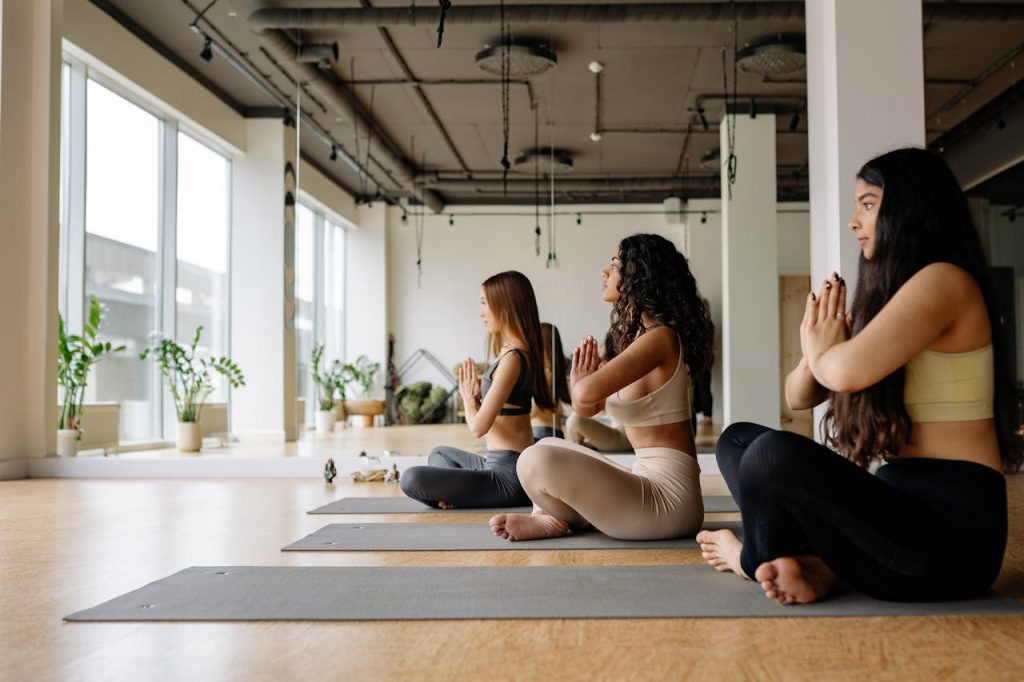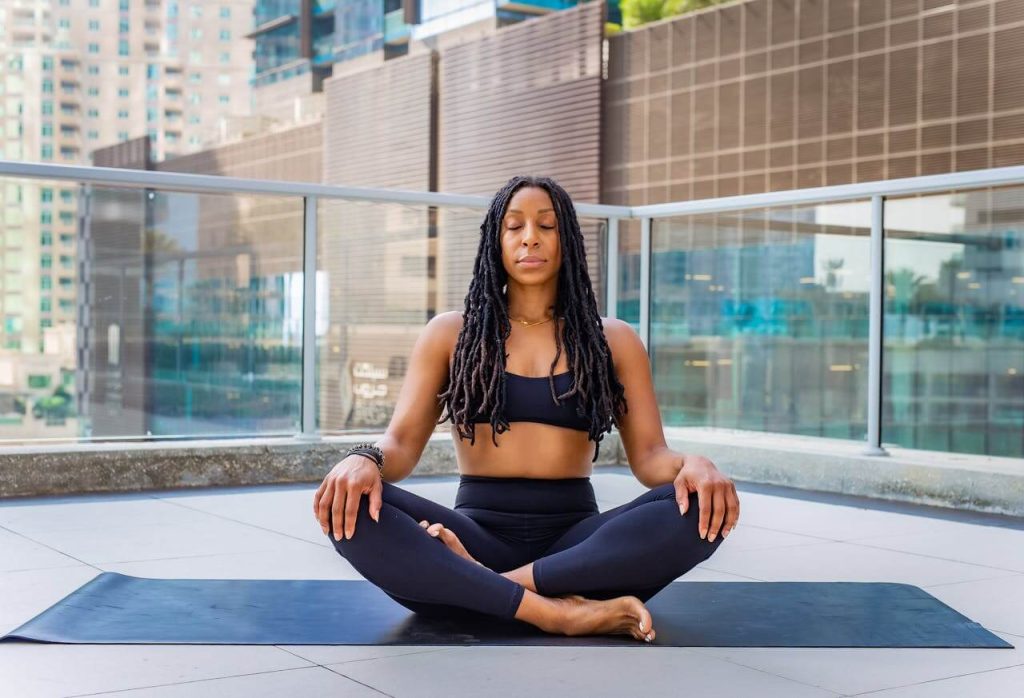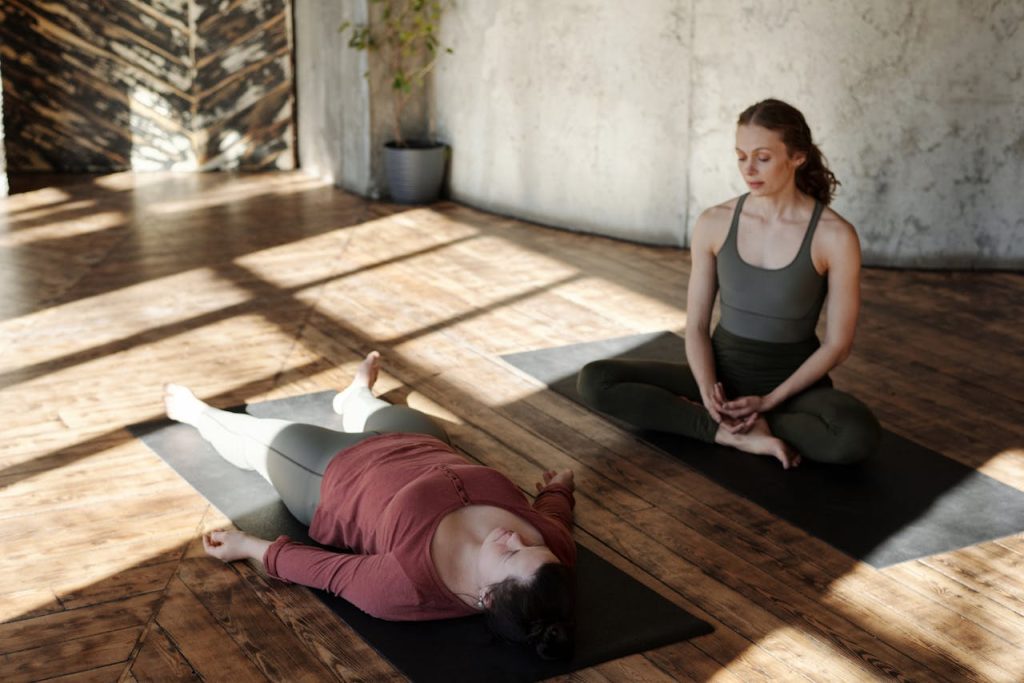Discover what to do when you meditate with our step-by-step guide. Learn techniques, tips, and mindfulness practices to enhance focus, reduce stress, and improve mental clarity.
Overview
Meditation is more than just sitting quietly with your eyes closed. Many beginners often ask, “What do you do when you meditate?” In this guide, we’ll break down the essential steps, techniques, and tips to help you get started. By the end of this article, readers will understand how to meditate effectively, overcome common challenges, and experience the mental, emotional, and physical benefits of regular practice.
Whether you are a beginner or looking to deepen your mindfulness practice, this article will serve as your practical guide to transforming your meditation experience.
Understanding Meditation
Meditation is the practice of training your mind to focus and achieve a calm, clear state of awareness. While it may seem simple, many beginners struggle with knowing exactly what to do. Asking, “What do you do when you meditate?” is a common question, and the answer can vary depending on the type of meditation you practice.
Benefits of Meditation
Meditation is more than just relaxation. Some of its benefits include:
- Reduced stress and anxiety: Helps calm the mind and regulate emotions.
- Improved focus and concentration: Enhances productivity and mental clarity.
- Better sleep quality: Supports restful sleep and reduces insomnia.
- Emotional balance: Encourages self-awareness and emotional regulation.
- Physical health benefits: lowers blood pressure and promotes overall wellness.
Understanding these benefits can motivate beginners to stick with their practice, even when it feels challenging.

What Do You Do When You Meditate? Step-by-Step
To answer the question, “What do you do when you meditate?” let’s break it down into simple, practical steps.
Step 1 – Find a Quiet Space
Start by choosing a quiet, comfortable place where you won’t be disturbed. This could be a corner of your home, a park, or any place that feels peaceful. A quiet environment helps reduce distractions and allows you to focus on your practice.
Step 2 – Sit Comfortably
Sit in a position that supports your spine. You don’t need to sit cross-legged on the floor if it’s uncomfortable. A chair or cushion works just as well. Keep your back straight, shoulders relaxed, and hands resting on your lap or knees.
Step 3 – Close Your Eyes and Breathe
Breathing is a central part of meditation. Pay attention to your inhale and exhale. Try deep, slow breaths, and notice the sensation of air moving in and out. Breath-focused meditation is one of the most common ways to begin your practice.
Step 4 – Focus Your Mind
Once you are seated and breathing comfortably, focus your attention. You can:
- Concentrate on your breath: Observe each inhale and exhale.
- Use a mantra: Repeat a word or phrase silently, such as “peace” or “calm.”
- Visualize: Picture a serene landscape or imagine light filling your body.
Step 5 – Notice Thoughts Without Judgment
It’s natural for thoughts to arise during meditation. Instead of resisting them, acknowledge their presence and gently return your focus to your breath, mantra, or visualization. Over time, this practice strengthens mental clarity and reduces overthinking.
Step 6 – End Your Session Mindfully
When your meditation session ends, open your eyes slowly. Take a moment to notice how you feel. Stretch gently and transition back into your day with mindfulness. Ending your session slowly ensures the benefits carry over into your daily life.
Tips for Beginners
Many people struggle with meditation initially. Here are practical tips to answer the question, “What do you do when you meditate?” more effectively:
- Start small: Begin with 5–10 minutes per day and gradually increase.
- Consistency matters: Meditate at the same time daily to build a habit.
- Use guided meditations: Beginners benefit from guided sessions that provide structure.
- Be patient: Meditation is a skill that improves with practice.
- Create a meditation space: Having a dedicated space encourages daily practice.
- Focus on experience, not perfection: There is no “right” way; the key is showing up regularly.

Different Types of Meditation
Understanding various meditation styles can help answer the question, “What do you do when you meditate?” more clearly. Here are a few popular types:
Mindfulness Meditation
Focuses on present-moment awareness. Observe your thoughts, feelings, and sensations without judgment.
Guided Meditation
A teacher or audio guide leads you through visualization, relaxation, or mindfulness exercises. Great for beginners.
Loving-Kindness Meditation
Focuses on cultivating compassion and love toward yourself and others.
Body Scan Meditation
Concentrates on bodily sensations, promoting relaxation and awareness.
Transcendental Meditation
Involves silently repeating a mantra to transcend ordinary thought patterns.
Each style offers unique benefits and answers the question, “What do you do when you meditate?” in slightly different ways. Experimenting with various techniques can help you find what resonates most.
Common Challenges and Solutions
Meditation may feel difficult at first. Here’s how to overcome common hurdles:
- Wandering thoughts: Gently bring your focus back to your breath or mantra.
- Physical discomfort: Adjust your posture or use cushions for support.
- Restlessness or impatience: Start with shorter sessions and gradually extend.
- Difficulty staying consistent: Set a routine and use reminders or apps.
Remember, meditation is about practice, not perfection. Even a few minutes daily can bring noticeable benefits.
Enhancing Your Meditation Practice
Once you have a basic understanding of “What do you do when you meditate?” you can take your practice to the next level:
- Use meditation music or soundscapes to enhance focus.
- Join a meditation group or class for community support.
- Incorporate journaling after meditation to track insights.
- Combine meditation with mindful movement like yoga or tai chi.
By integrating these strategies, meditation becomes a holistic tool for mental, emotional, and physical well-being.
Final Thought
When asking, “What do you do when you meditate?” the answer is both simple and profound: focus on your breath, body, or a chosen focal point; notice thoughts without judgment; and cultivate presence. Meditation is a personal journey, and the key is consistent practice, patience, and self-compassion.
Whether you start with just five minutes a day or attend guided sessions through platforms like Mindfulness Meditation Hub, meditation can transform your life by reducing stress, improving focus, and enhancing overall well-being.
Take the first step today—find a quiet space, sit comfortably, and explore the power of your mind through meditation.
FAQs for What Do You Do When You Meditate
What do you do when you meditate for the first time?
When meditating for the first time, sit comfortably, focus on your breath, and gently observe your thoughts without judgment. Start with short sessions of 5–10 minutes.
How long should you meditate as a beginner?
Beginners can start with 5–10 minutes per session and gradually increase to 20–30 minutes as they become more comfortable with the practice.
What is the best time of day to meditate?
The best time is whenever you can practice consistently, but many prefer mornings to start the day with calmness or evenings to unwind.
Can meditation help with stress and anxiety?
Yes, meditation can reduce stress and anxiety by calming the mind, improving focus, and promoting emotional regulation.
Should I close my eyes when I meditate?
Closing your eyes is common, but not required. Some prefer open-eye meditation or gentle gaze to maintain alertness.
What should I focus on during meditation?
You can focus on your breath, a mantra, bodily sensations, or a visualized image, depending on the type of meditation.
How do I deal with wandering thoughts during meditation?
Acknowledge the thoughts without judgment and gently bring your focus back to your breath, mantra, or chosen point of attention.
Is it normal to feel restless when meditating?
Yes, restlessness is common, especially for beginners. Start with shorter sessions and gradually increase duration as you become more comfortable.
Can meditation improve sleep quality?
Yes, regular meditation can help relax the mind and body, leading to better sleep quality and reduced insomnia.
Do I need special equipment to meditate?
No special equipment is needed. A quiet space, comfortable seating, and optional cushions or mats are sufficient.
How often should I meditate to see results?
Consistency is key. Daily meditation, even for a few minutes, is more effective than occasional longer sessions.
Can meditation be combined with other practices?
Yes, meditation can complement yoga, mindful walking, tai chi, or journaling to enhance overall wellness.
What is guided meditation, and is it helpful for beginners?
Guided meditation involves following instructions from a teacher or audio recording. It is very helpful for beginners to maintain focus and structure.
How can I track my meditation progress?
Keep a meditation journal, note daily experiences, or use meditation apps to track consistency and improvements over time.
What are common mistakes to avoid when meditating?
Common mistakes include trying too hard to control thoughts, forcing relaxation, comparing yourself to others, and expecting immediate results.

